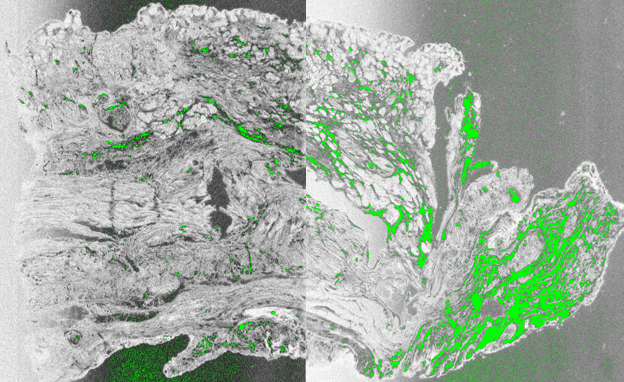Optical Coherence Tomography
Optical coherence tomography (OCT) is a high-resolution optical imaging technique. By using this technique, we can capture micrometer-resolution images in 3D from within the tissue. In the ophthalmology, OCT is been used for a while and we would like to introduce the benefits of this technique in our field of research as well.
OCT in endoscopy
OCT and fluorescence molecular imaging

One of the first studies done with OCT by Prof. Dr. Johannes de Boer is described in this article: High resolution combined molecular and structural optical imaging of colorectal cancer in a xenograft mouse model (2018)